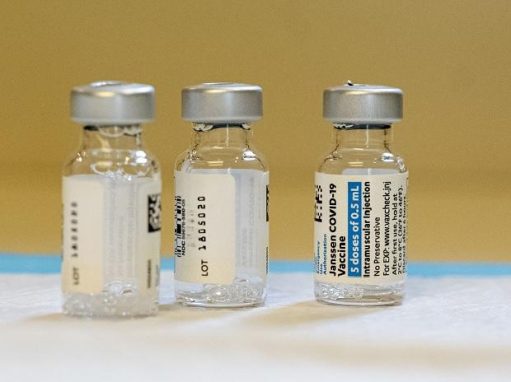No products in the cart.
HEALTH BLOGS BY FITBYNET
Johnson’s & Johnson’s Single-Dose COVID-19 Vaccine Approved In India. Know more!
How does single-dose COVID-19 Johnson’s & Johnson’s vaccine work?
J&J’s vaccine is a carrier or a viral vector vaccine. It is created by using a harmless, inactive, non-replicating adenovirus, which in its active form causes common colds. This adenovirus acts as the vector. The genetic code (RNA) of the SARS-CoV-2 virus’ spike protein is inserted into this adenovirus vector. Spike protein refers to the spikes present on the outer layer of the SARS-CoV-2 virus that attach to the human cells on infection.
On getting vaccinated, this vector enters your cells and instructs them to make spike proteins. Your immune system notices these spike proteins and evokes an immune response. Once your immune system fights the prospective threat, it creates memory cells. These memory cells remember how to fight the spike protein of SARS-CoV-2. As a result, your body is now prepared to identify and fight off SARS-CoV-2 virus if it ever enters your body.
The adenovirus and the SARS-CoV-2’s genetic material cannot cause any infection as neither of them can replicate. This mock, harmless vector silently trains your body to fight a war against the real villain – the coronavirus.
How is this vaccine different from the already available COVID-19 vaccines?
The Johnson & Johnson’s Janssen vaccine is a viral vector vaccine – similar to the Serum Institute’s (SII) Covishield vaccine. The difference between the J&J and the SII vaccine is that while Janssen is made using a human adenovirus, or a cold virus, Covishield is made using a chimpanzee version. The J&J vaccine can be stored in a regular refrigerator, making supply and storage an easy task to deal with. However, unlike many other COVID-19 vaccines, the J&J vaccine is a single-shot vaccine. You are considered fully vaccinated after 2 weeks of getting its dose.
Does this vaccine have any side effects?
Yes, one may get some side effects with every vaccine. Similarly, with the J&J vaccine, one may experience some common side effects such as pain, redness, and swelling at the site of the shot. They may also experience tiredness, headache, muscle pain, chills, fever, or nausea. Do not worry as these are signs that your body is building protection and should go away within a few days. However, some people may not experience any side effects, but this doesn’t mean that the vaccine is not working.

